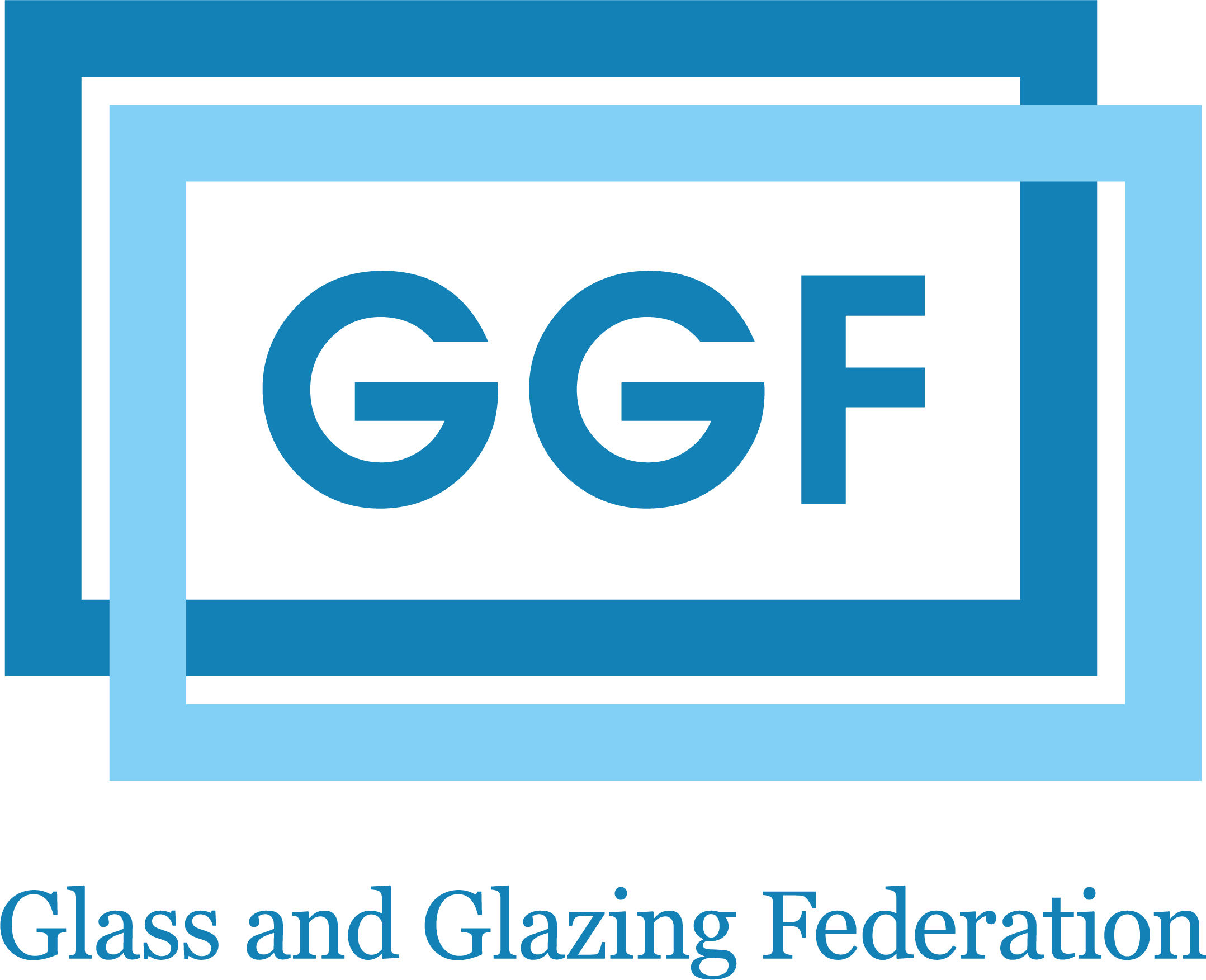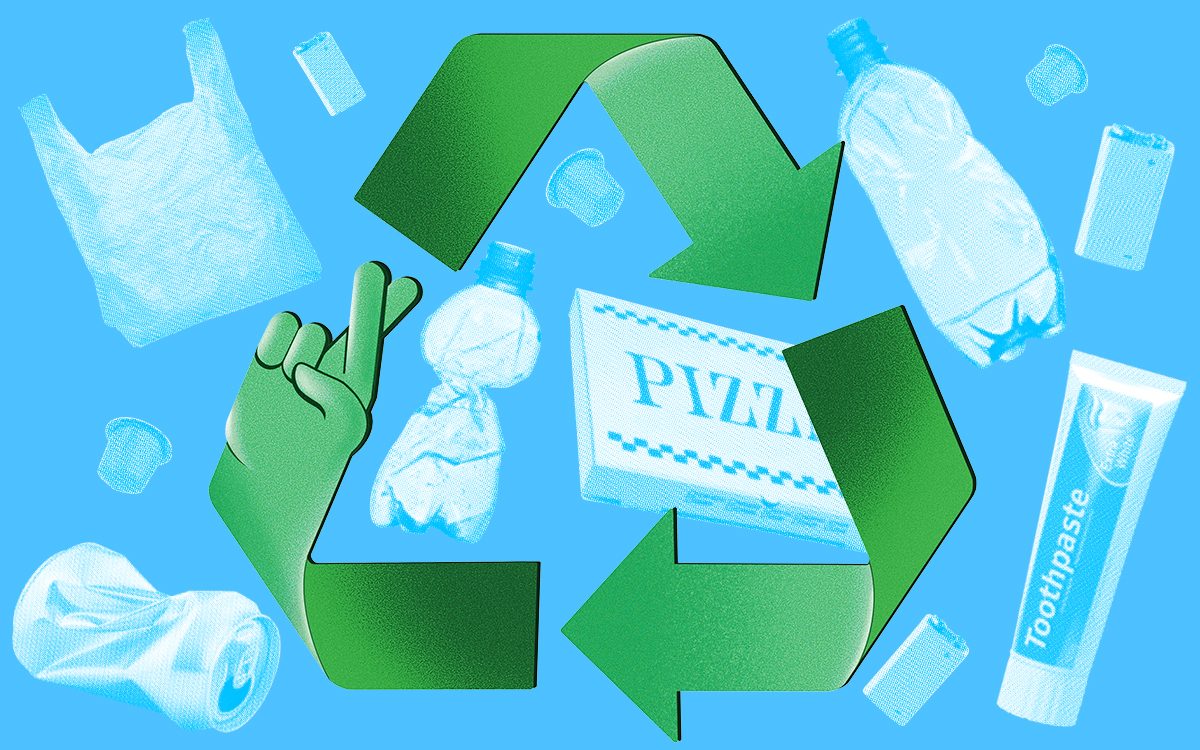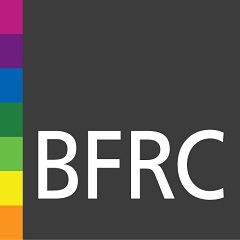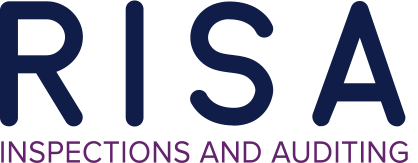Dealing with Increased Energy Costs in the Glazing Component and Fabrication Sector
The glazing and fabrication components are a crucial element of the manufacturing sector within the glazing industry and require large amounts of energy to produce its products. With energy prices constantly on the rise, the cost of energy has become a significant factor, so what strategies are available for dealing with increased energy costs in fabrication.
Implement Energy-Efficient Techniques: One of the most effective ways to reduce energy costs in fabrication is to adopt energy-efficient techniques in the production process. This can include using energy-efficient lighting, using energy-saving modes on equipment, and incorporating renewable energy sources into the production process.
Monitor Energy Usage: Monitoring energy usage is essential to identify areas where energy costs can be reduced. This can be done by using energy meters, which can measure the energy consumption of specific equipment and tools, and by tracking energy consumption over time. By monitoring energy usage, fabrication companies can identify areas where energy efficiency can be improved and make changes accordingly.
Invest in Energy-Efficient Equipment: Investing in energy-efficient equipment, such as high-efficiency motors, energy-efficient lighting, and energy-saving modes on equipment, can help reduce energy costs in fabrication.
Implement Energy-Saving Practices: Encouraging workers to adopt energy-saving practices can also help reduce energy costs in fabrication. This includes turning off lights and equipment when not in use, reducing the use of heating and cooling systems, and reducing water consumption.
Negotiate Energy Contracts: Manufacturing companies can also reduce their energy costs by negotiating energy contracts with their energy providers. By shopping around for the best energy deals, companies can find the most cost-effective energy options and save money on energy costs.
ISO 14001 Accreditation: A 14001 Environmental Management System will allow your company to demonstrate how you are dedicated to reducing your impact on the environment. With an emphasis on enhancing your environmental performance while fulfilling legal compliance obligations and addressing any risks and opportunities. The framework allows your organisation to drive continual improvement and achieve your environmental goals. Changes implemented may have a positive effect on your company’s energy usage.
The GGF recently became ISO14001 accredited and should you wish to look at how your business can gain this accreditation please speak with Lauren Mawford, the GGF Health, Safety & environment Manager, for more information.
Increased energy costs are, and will continue to be, a significant challenge for the glazing and fabrication sectors. However, by implementing best practice on the topics mentioned manufacturers can effectively manage these costs and reduce their impact on the bottom line. The GGF are here to help their community of members in any way we can.

 Emergency Glaziers
Emergency Glaziers GGF Shop
GGF Shop MyGlazing.com
MyGlazing.com Find a GGF Member
Find a GGF Member













